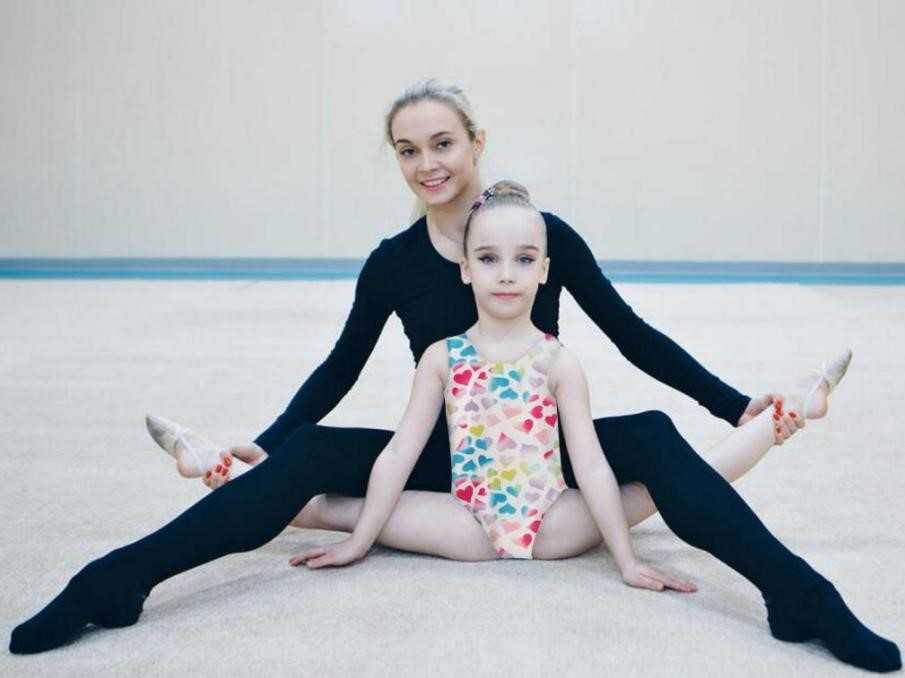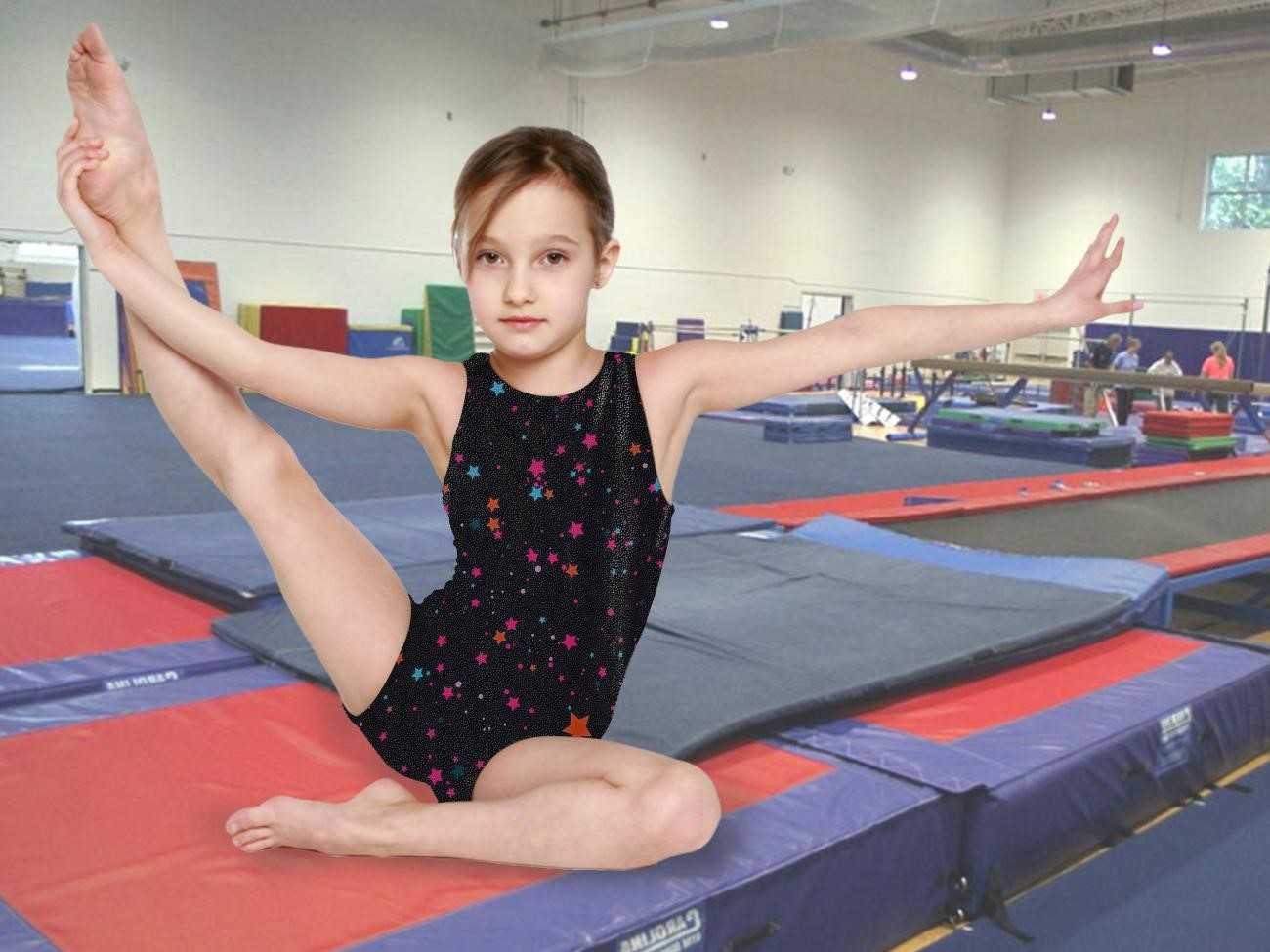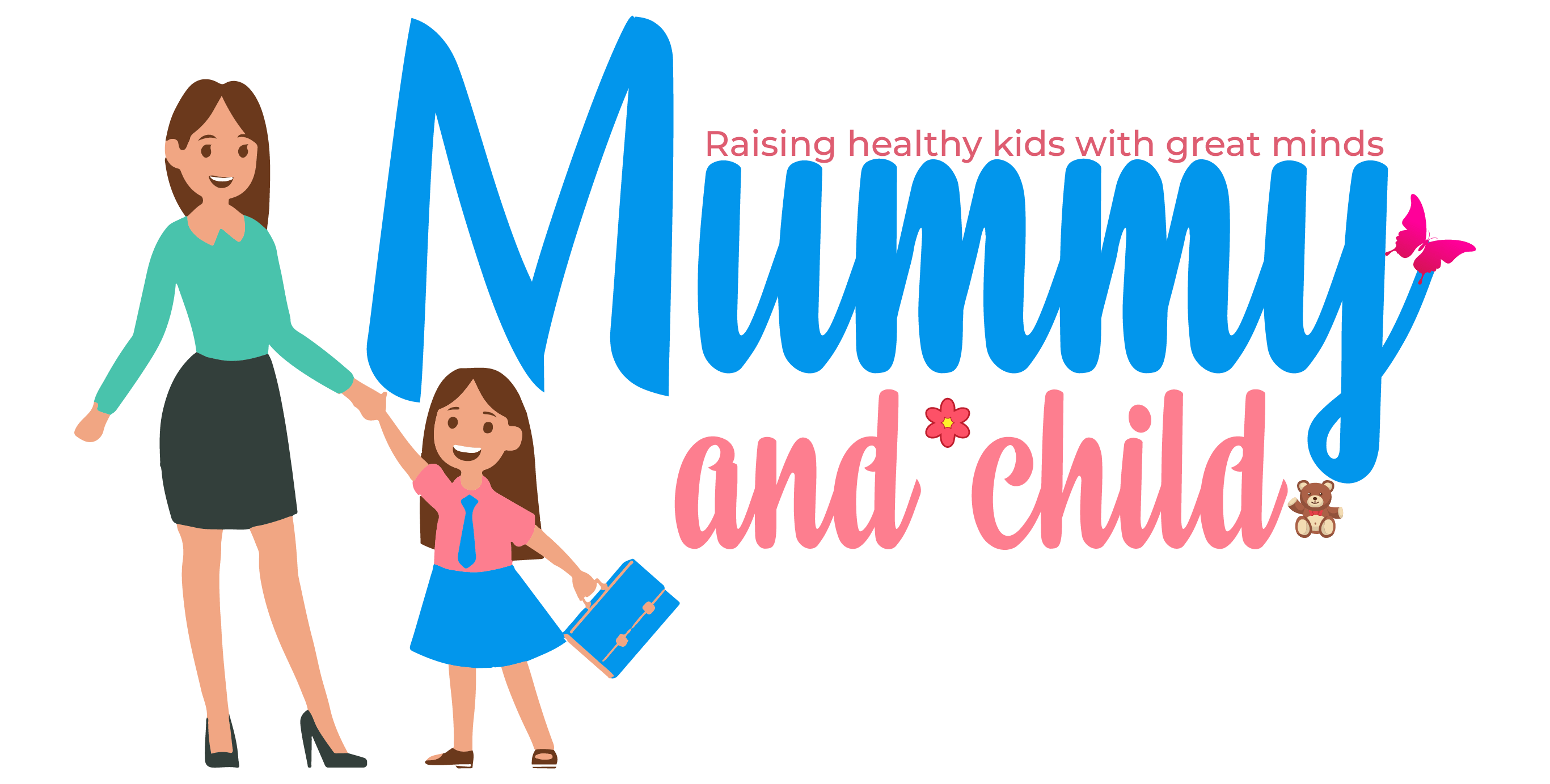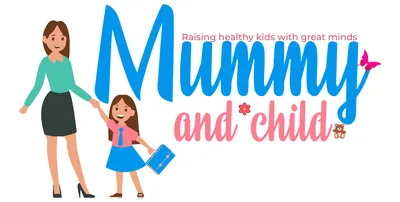Gymnastics is one of the best exercises for overall fitness and fitness training. Multiple studies on this topic demonstrate the importance of gymnastics for bone, muscular, and cognitive health. It’s not just about building muscle and improving flexibility, gymnasts make healthy lifestyle choices, and feel confident.
- Increase flexibility
This is probably the number one reason parents ask about gymnastics in young children. Usually, gymnastics is an additional exercise program that children take to improve their dance training or other athletic training. Therefore, gymnasts can practice various movements without hurting their joints and muscles. Young gymnasts are more flexible and have stronger ligaments, tendons, and joints. This means that early participation in gymnastics can improve flexibility and prevent growth defects and fatigue.
- Establish coordination
Increased coordination and balance can help increase body awareness and movement in gymnastics apparel. If kids practice gymnastics for a long time, they will be able to use different parts of their bodies in many ways. Not to mention, it improves overall body control and stability. Any of these reasons will help children gain coordination and flexibility that they will carry with them throughout the school year and even into adulthood.
- Develop sportsmanship
Although gymnastics is an individual sport, it involves a group learning environment. It fosters sportsmanship and positive relationships in children as they cheer for their peers and learn about healthy competition. It also helps them hone their social skills by interacting with adults and other children of varying proficiency.
- Social skills development
While social skills seem to come naturally, learning how to socialize actually takes practice. Like sports, it’s not something you become good at overnight. Gymnastics gyms – whether in-person or virtual – are great places for kids to learn how to interact with their peers. Attending gymnastics classes also teaches children to cooperate with others. They will learn how to listen and improve with the help of teachers and peers.
- Self-esteem and confidence
Gymnastics goes a long way in helping young people build self-esteem and confidence. Whether a student is in the classroom for the physical benefit or spending extra time training to become a professional gymnast, everyone’s self-esteem and confidence levels soar. The achievement of smaller weekly goals versus competing goals for those who choose to walk this path provides a positive self-image for the body and mind. Coaches at Emerald City Gym take this very seriously because they know their impact on children’s lives starts in the classroom from day one.
Recommend: If you are a gymnastics coach or a parent whose child is learning gymnastics, don’t forget to encourage your children while raising their willpower. Timely incentives and rewards can make it easier for children to persevere and realize the meaning of gymnastics. When they accomplish their goals or surpass themselves, you can reward them with a challenge coin, writing down the words you want to say to them. These coins will carry the efforts and progress of the children, and let the children gradually build up self-confidence and become a person who does not give up easily.
- Have Fun
Best of all, gymnastics is fun. Kids will love learning how to tumble, flip, swing, and let their bodies perform stunts they never thought possible! In gymnastics, there is always another step to
learn, so something new can be learned in each class. It encourages children to boldly explore the capabilities of their bodies.
Participating in gymnastics with leotards at a young age can help build a foundation of good all-around muscle strength, endurance, and strength. According to the International School of Gymnastics, gymnasts get stronger through regular training, which helps develop lean, toned muscles, improved balance, and better posture.
Be careful! Safety is very important when practicing gymnastics skills at home. Gymnastics is one of three fundamental sports along with swimming and track and field. Therefore, learning how to safely perform beginner gymnastics skills can be very beneficial for long-term exercise. Safe gymnastics training with certified trainers can help reduce injuries, promote better movement, and improve performance in all-around sports.

The list below has gymnastics exercises you can do at home.
- Balance on one foot
Balance is the key to gymnastics, which is why one of the easiest gymnastics moves for beginners is to balance on one foot. This movement should be practiced first on the floor before moving to an elevated exercise beam or regular balance beam. How to balance on one foot: Gymnasts should lift one leg off the floor (or beam) and hold this position for at least 5 seconds. Gymnasts’ legs can be bent, or straightened and held in front of them for added difficulty. The arms can be upright above the head or level to help the gymnast maintain balance.
- Continuous jump
Practicing a safe two-foot landing is a great way to teach kids how to properly absorb the shock of a landing. Successive jumps are the next step in this learning process. With consecutive jumps, gymnasts practice jumping with two feet, landing with both feet, and then jumping again, all in quick succession. This bouncing movement is the key to adding advanced movements such as rounding and back handsprings in the gymnast’s later development.
- Forward scrolling
Rolling forward teaches one of the most important safety moves in gymnastics: plugging your head. By practicing forward rolling, gymnasts become familiar with movements they can repeat if they start to lose their balance during a headstand or headstand. They also learn how to control their bodies through inversion movements, an essential skill that recurs in advanced gymnastics. How to roll forward: From a standing position, the gymnast should squat down and place their hands on the mat shoulder-width apart. Next, they should tuck their heads up, lean forward on their toes, lift their hips and start rolling. Gymnasts should roll to the shoulders and upper back, then roll to a seated position. The feet should be kept close to the gymnast’s seat so that they can continue to roll forward from the seat onto the feet and then rise to a standing position with the arms extended over the hands.
- Bridge
A bridge is one of the more advanced skills in beginner gymnastics, but it is the foundation of many advanced gymnastics. Learning bridge gives gymnasts the experience of adjusting their body positions during inversions and stress. How to do bridge: When a gymnast is lying on his back, he should place his hands next to his ears, with the palms touching the mat. Elbows and knees should be bent and pointed toward the ceiling. When gymnasts are ready, they should lift their hips and push down on the mat with their hands and feet. They should first be able to achieve an inverted “C” position before graduating into a bridge with straight legs and arms.
I hope these exercises help you improve your gymnastics at home. You may also be interested in skills you can practice at home on gymnastics equipment.

Bring your babes into cute and appropriate gymnastics leotards and start their hobby journey, strong will starts with gymnastics training!
References
1.Gymnastics good for toddlers : https://tenvda.com/blogs/news/why-is-gymnastics-good-for-toddlers
2. 4 Ways To Help Improve Your Child’s Confidence as a Gymnast: https://tenvda.com/blogs/news/4-ways-to-help-improve-your-child-s-confidence-as-a-gymnast
3. About Mental Toughness for Gymnasts: https://tenvda.com/blogs/news/about-mental-toughness-for-gymnasts-leotards




Comments are closed.